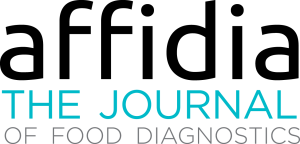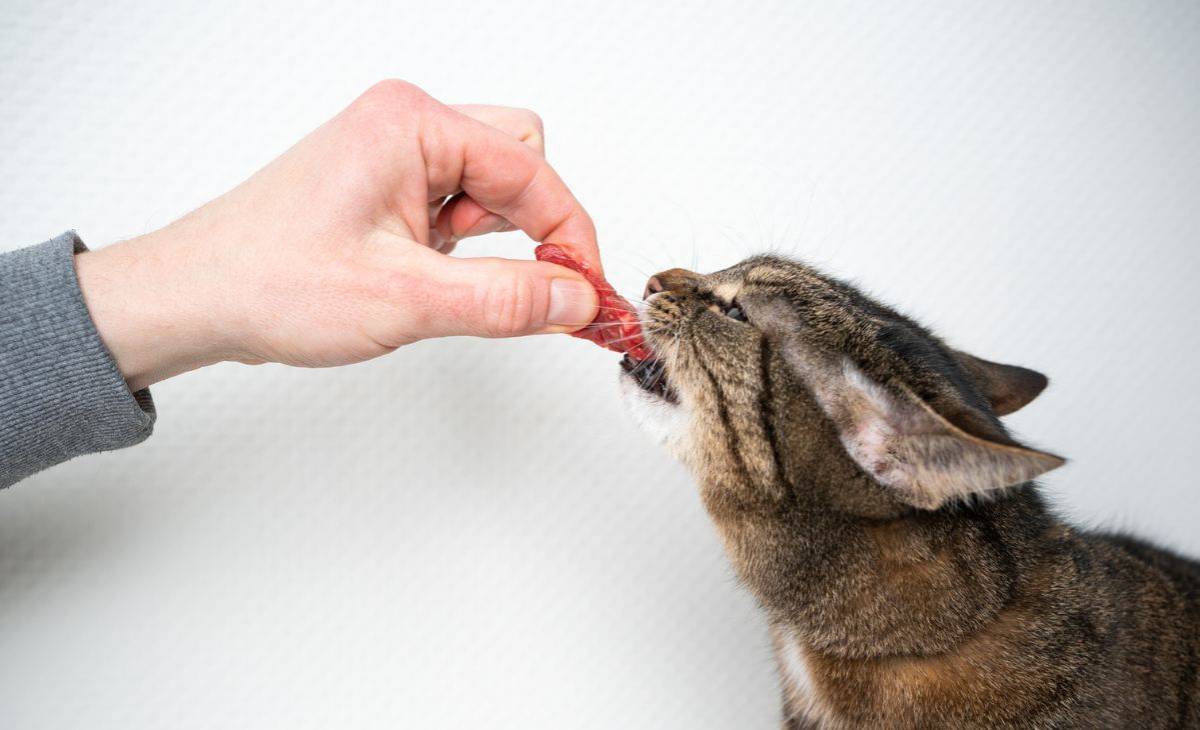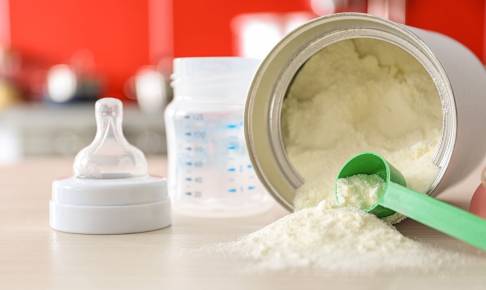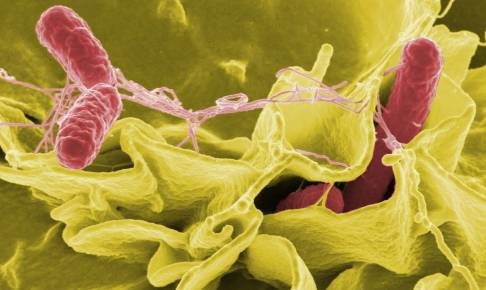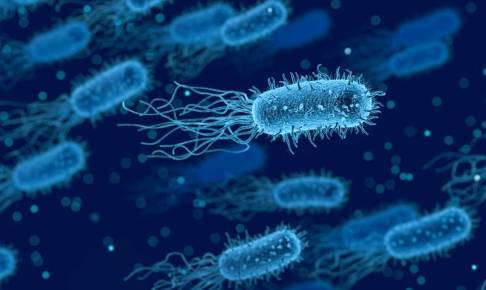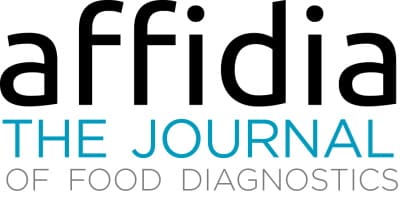Salmonella in UK raw pet food raises health concerns
The United Kingdom is facing an alarming increase in the presence of Salmonella in raw meat-based pet food, posing a significant risk to both animals and humans.
According to a recent report, the number of positive cases of Salmonella in pet food has risen once again, surpassing the record levels seen in the previous year. These findings highlight the importance of handling and preparing pet food with caution to prevent the spread of the bacteria.
The data for the report was collected by the Animal and Plant Health Agency (APHA) in 2022 and includes information on Salmonella in livestock species, pet food, and animal feed in England, Wales, and Scotland. In the same year, the UK Health Security Agency (UKHSA), Public Health Wales, and Public Health Scotland reported a staggering 9 225 human cases of Salmonella, representing a 64% increase compared to 2021 and a 72% increase compared to 2020. The most prevalent types of Salmonella were enteritidis, typhimurium, infantis, newport, and mbandaka.
Regarding pet food and animal feed, the report reveals a 22.9% increase in Salmonella isolation reports from cattle, sheep, pigs, and poultry compared to the previous year. While there was a decline in Salmonella cases among cattle and sheep, this was offset by increases in pigs, chickens, turkeys, and ducks.
Notably, Salmonella mbandaka and Salmonella infantis cases more than doubled compared to 2021, while Salmonella enteritidis showed a significant increase from 11 isolations to 25. However, Salmonella newport cases decreased by 46.7%, and Salmonella typhimurium levels remained similar to the previous year.
In terms of animal feedstuffs, there were 801 Salmonella isolations in 2022, a slight decrease from 835 in the previous year. These isolations were found in compound feeds, feed ingredients, and products tested under Animal By-Products Regulations (ABPR). The report identified a total of 187 regulated serovars in 2022, an increase from 124 in 2021. Among them, Salmonella infantis and Salmonella typhimurium were prevalent.
The most concerning aspect of the report is the increase in Salmonella reports from raw meat pet food, which rose to 406 instances in 2022 compared to 295 in 2021. This type of pet food, which does not undergo heat treatment to deactivate pathogens, can be a potential source of infection for both animals and humans, especially if proper hygiene measures are not followed. The report also highlighted the presence of multi-drug resistant strains, including those resistant to critically important antimicrobials, in dogs, cats, and raw pet food. This finding raises concerns about the transmission of Salmonella from pets to humans and the potential spillover to livestock.
The report further detailed the Salmonella isolations from various animal species. Salmonella cases in cattle declined from 521 to 430, with Salmonella dublin remaining the most common serovar. Salmonella cases in sheep decreased from 144 to 94. Pigs showed a similar number of Salmonella isolations with Salmonella typhimurium and its variants being responsible for over 70% of cases.
The poultry sector witnessed significant disruptions due to avian influenza in 2022, necessitating changes in biosecurity measures. Chicken isolations of Salmonella rose to 2 404 from 1 671 in 2021, with Salmonella montevideo and Salmonella mbandaka being the most prevalent types. Salmonella enteritidis and Salmonella typhimurium cases also increased compared to the previous year. Salmonella was also detected in turkeys, rabbits, horses, ducks, pigeons, cats, and reptiles, highlighting the wide-ranging impact of the bacteria across different animal species.
Efforts must be made to implement stringent measures and regulations to mitigate the presence of Salmonella in pet food and animal feed. By doing so, the UK can work toward ensuring the safety of its citizens and protecting the well-being of animals.
Source:
